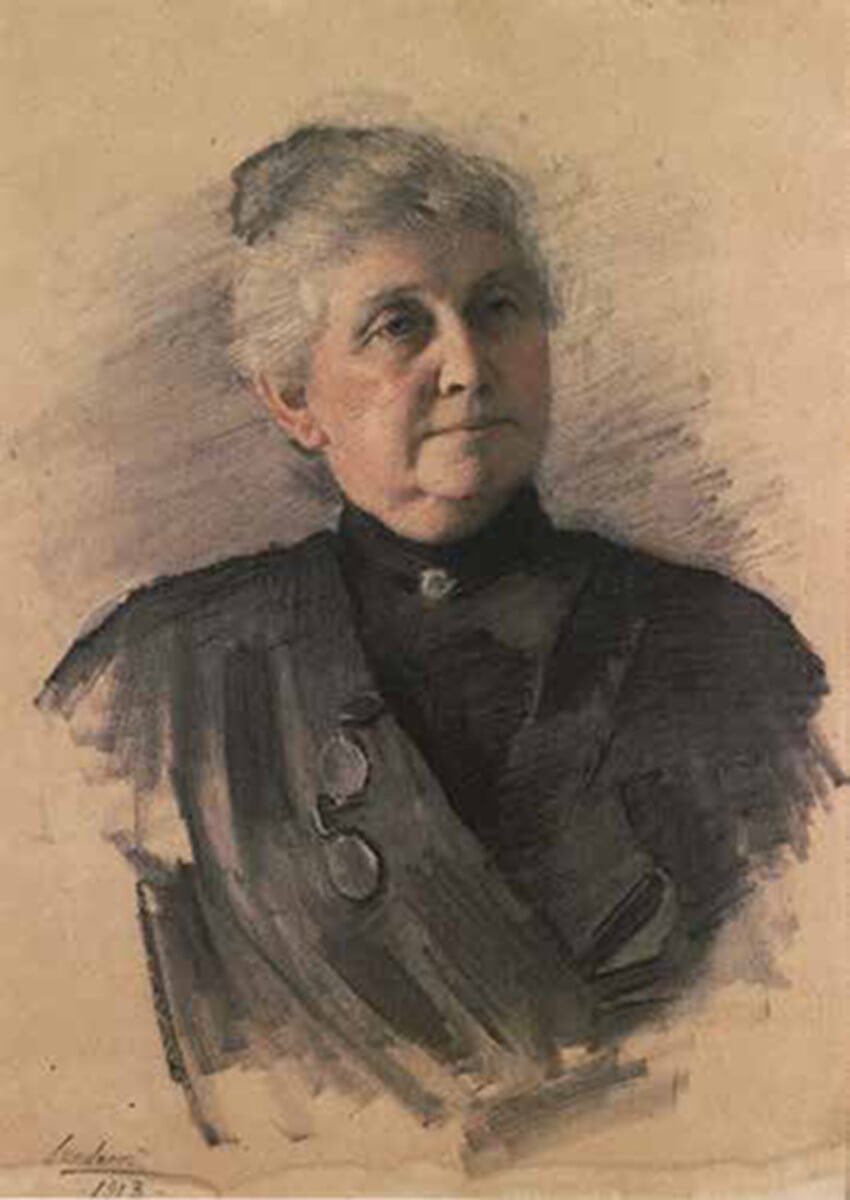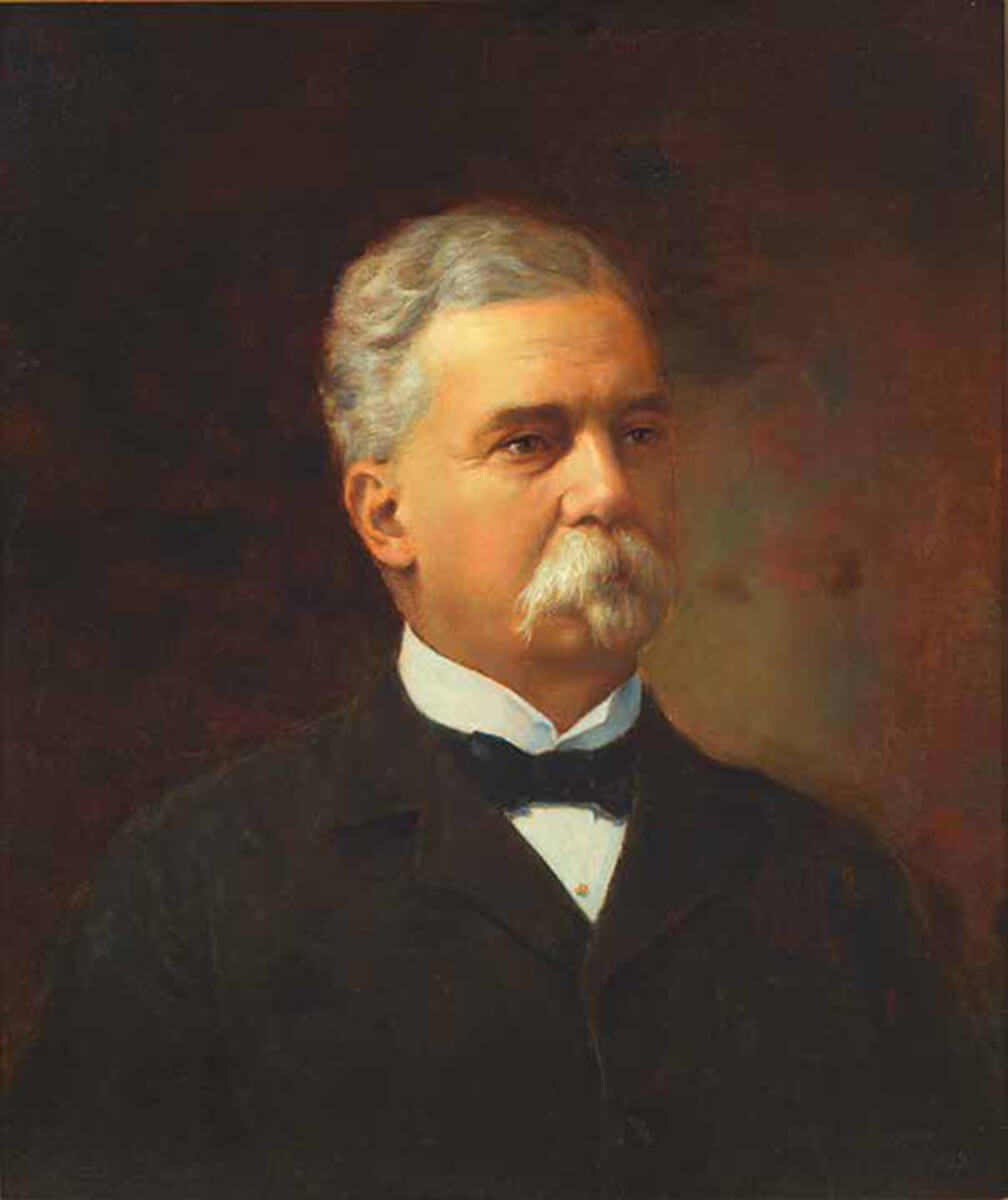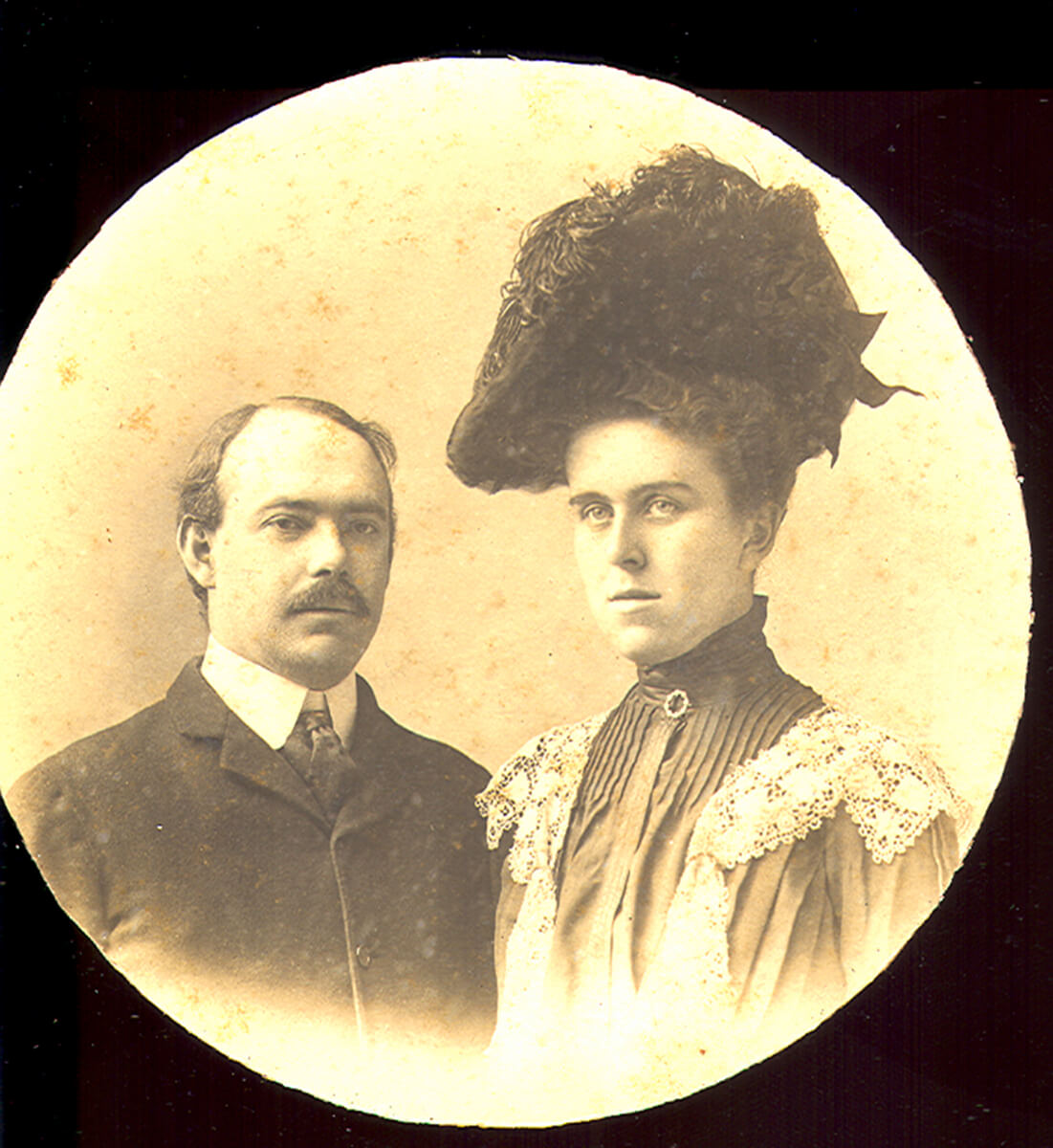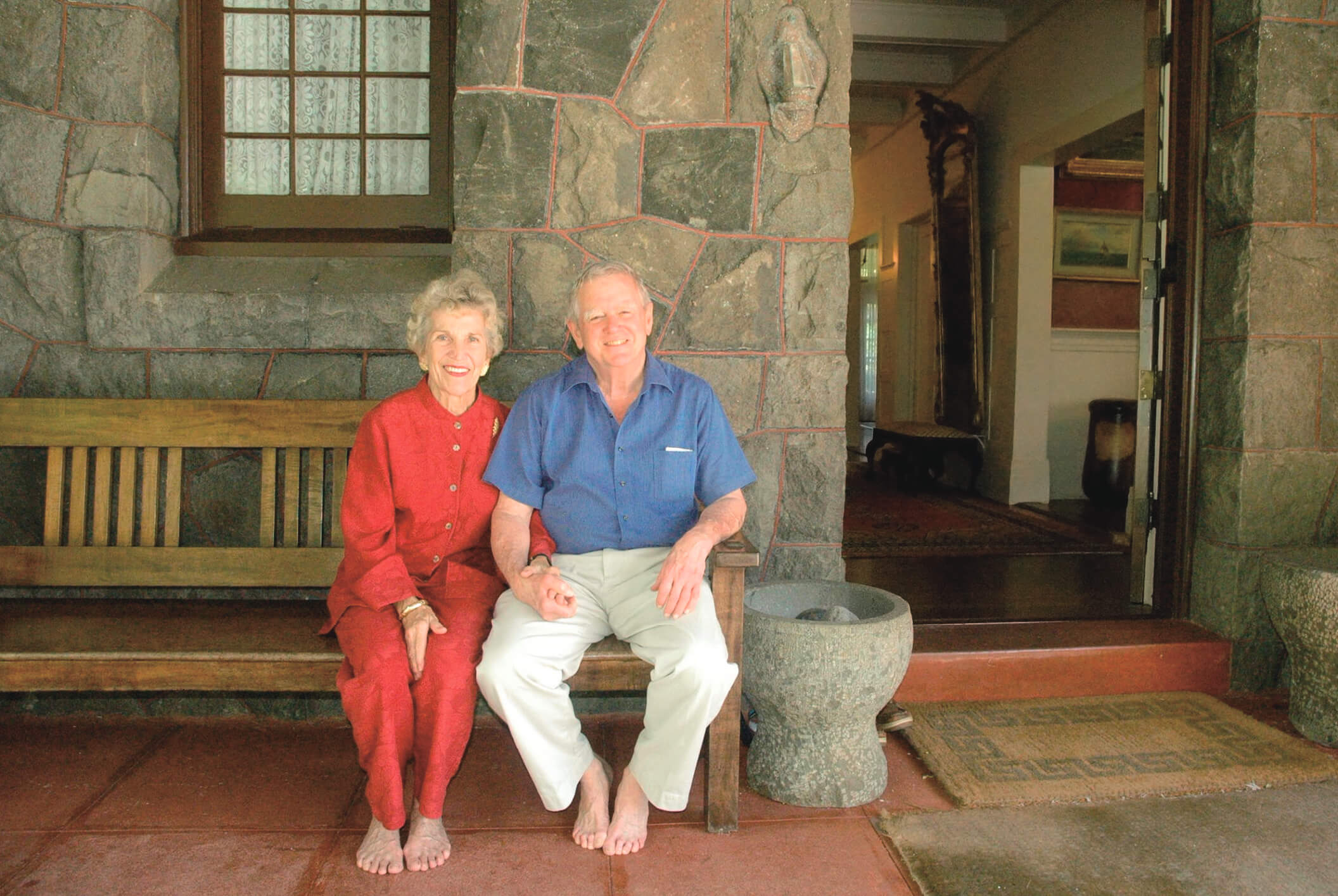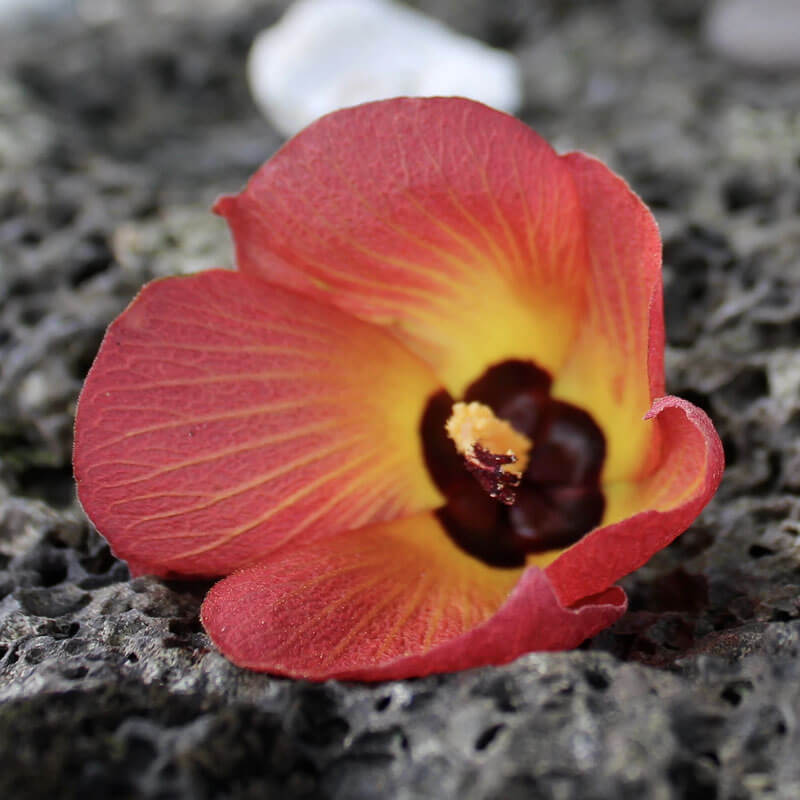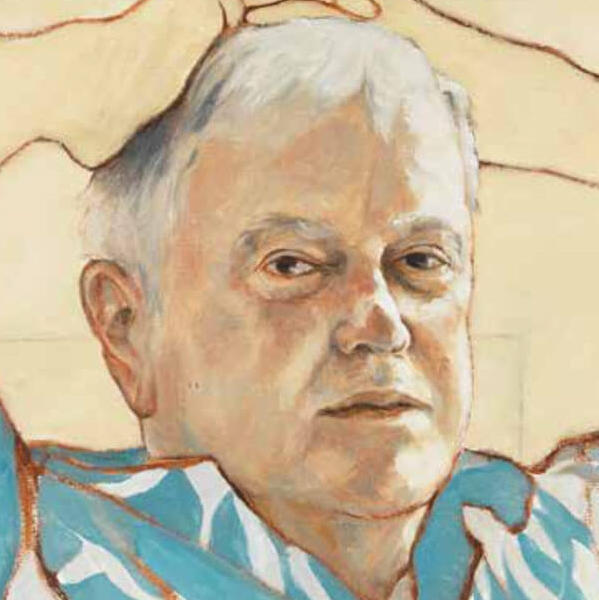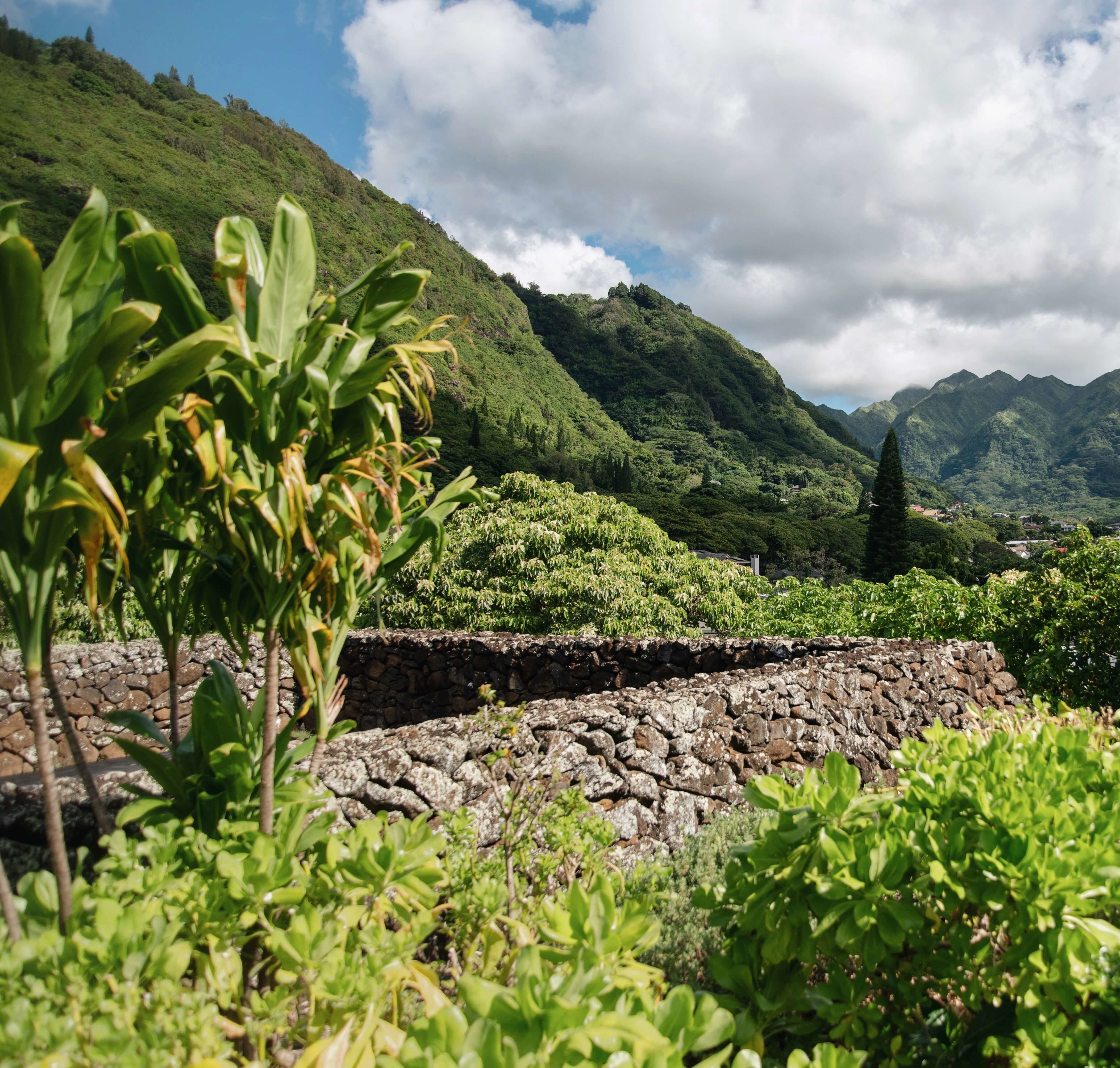Cooke Family History and Kūaliʻi
Built in 1911, Kūaliʻi remains the private Cooke family residence with plans underway for it to become an historic house museum one day.
Charles Montague “Monte” Cooke, Jr. and his wife Lila Lefferts Cooke were presented a 30-acre parcel as a wedding present in 1901 by his parents, Charles M. Cooke, Sr. and Anna Rice Cooke. The newlyweds moved into their stately historic home in January 1912 and since then, Kūali‘i has served as an extraordinary Mānoa Valley landmark reflecting over a century of ongoing family life, work and dedication to maintain the community’s peaceful lifestyle.
The Tudor-style residence was designed by Honolulu architects Emory and Webb and built with stone quarried on site. Monte passed away in 1948 and Lila lived at Kūaliʻi until her death in 1970. Sam (1937-2015) and Mary Cooke have assembled a cultural treasure rarely found outside of institutions. Their collection of paintings, drawings, and prints of the Hawaiian Islands uniquely reflects the multilayered kamaʻāina associations they hold. For many people the term “kamaʻāina” translates loosely as someone who is an “old timer.” But the word has a much more nuanced meaning – that those being referred to have heartfelt connections to a specific place by long residence and/or long association with the people, geographical features, legends, and historical uses of that place. Sam and Mary are each kamaʻāina to various locales throughout the islands, and this has guided the selection of art for their collection at Kūaliʻi.
Placed on the National Register of Historic Places in 2000, the home is still a private residence, but will one day open to the public. Preparation plans are underway to transition Kūaliʻi to become an historic house museum in the future.
